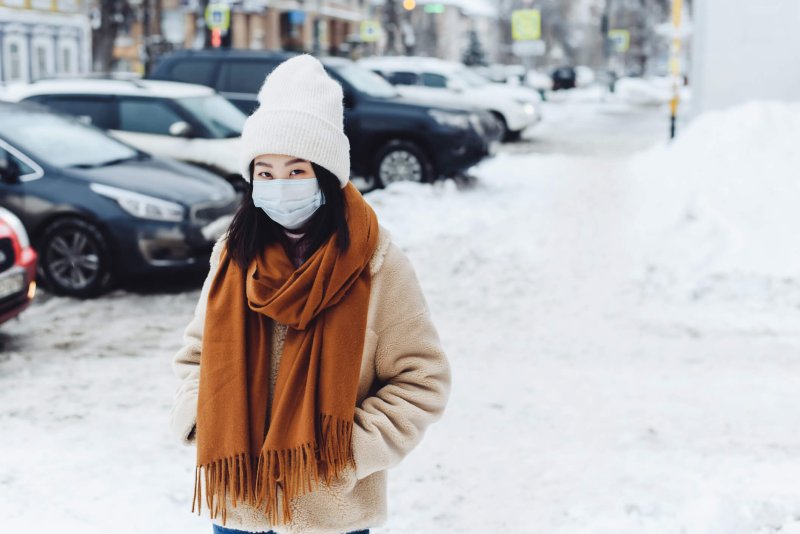For nearly two years now, Americans have lived with SARS-CoV-2. We know it better than we once did. We know that it can set off both acute and chronic illness, that it spreads best indoors, that masks help block it, that our vaccines are powerful against it. We know that we can live with it—that we’re going to have to live with it—but that it can and will exact a heavy toll.
Relative risk will keep shifting, even if the virus somehow stops mutating and becomes a static threat. (It won’t.) Our immune systems’ memories of the coronavirus, for instance, could wane—possibly over the course of years, if immunization against similar viruses is a guide.
People who are currently fully vaccinated may eventually need boosters. Infants who have never encountered the coronavirus will be born into the population, while people with immunity die.
Even the vaccinated won’t all look the same: Some, including people who are moderately or severely immunocompromised, might never respond to the shots as well as others. The assumptions we first had about whom the virus might hit hardest will keep changing, as will the population of people who fall ill at all.































